Anyone in the know about IoT security is likely to steer clear of a physical security product that’s got some sort of wireless control. The list of exploits for such devices is a long, sad statement on security as an afterthought, if at all. So it’s understandable if you think a Bluetooth-enabled lock is best attacked via its wireless stack.
As it turns out, the Master 5440D Bluetooth Key Safe can be defeated in a few minutes with just a screwdriver. The key safe is the type a realtor or AirBnB host would use to allow access to a property’s keys. [Bosnianbill] embarked on an inspection of the $120 unit, looking for weaknesses. When physical attacks with a hammer and spoofing the solenoids with a magnet didn’t pay off, he decided to strip off the resilient skin that Master so thoughtfully provided to prevent the box from marring the finish of a door or gate. The denuded device thus revealed its awful secret: two Phillips screws, each securing a locking shackle to the cover. Once those are loose, a little prying with a screwdriver is all that’s need to get the keys to the kingdom.
In a follow-up video posted later, [Bill] took a closer look at another key safe and found that Master had made an anemic effort to fix this vulnerability with a squirt of epoxy in each screw head. It’s weak, at best, since a tap with a hammer compresses the gunk enough to get a grip on the screw.
We really thought [Bosnianbill]’s attack would be electronic, like that time [Dave Jones] cracked a safe with an oscilloscope. Who’d have thought a screwdriver would be the best way past the wireless stack?
Continue reading “Fail Of The Week: Padlock Purports To Provide Protection, Proves Pathetic”

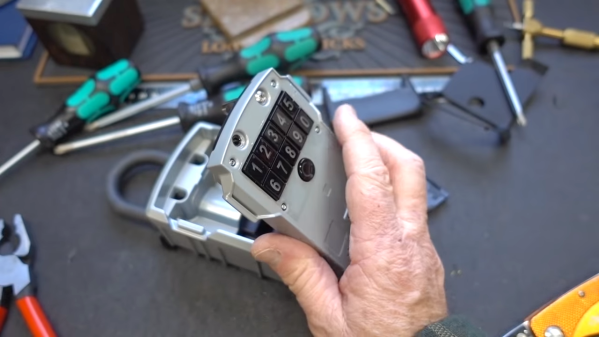
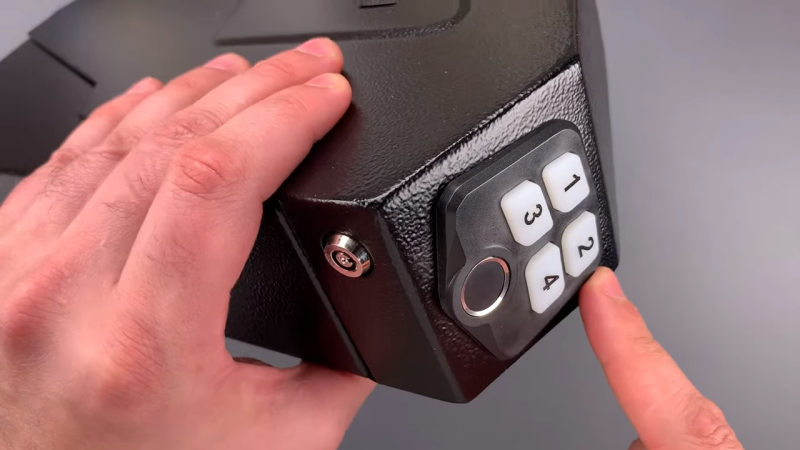
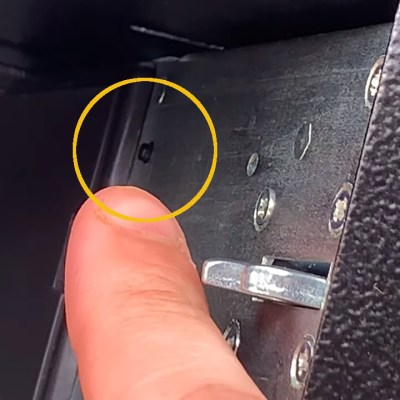
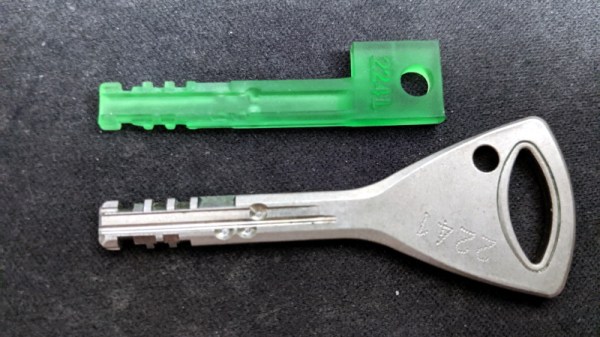

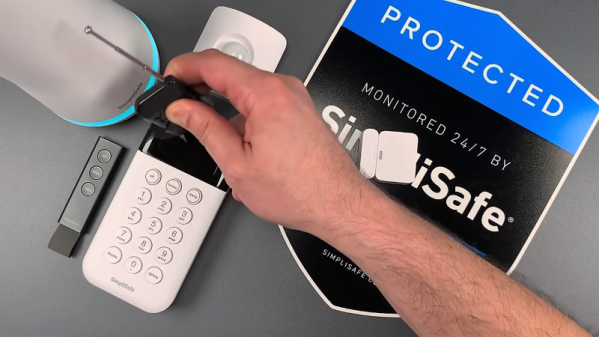

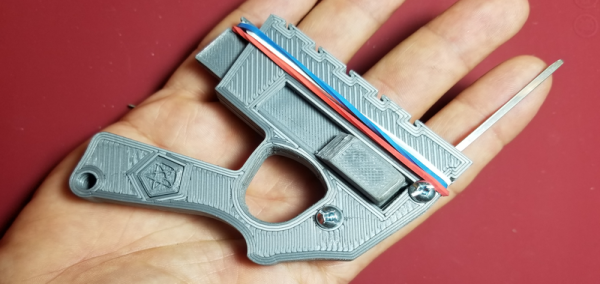
 Now, for us at least, fantasy became a reality as [Peterthinks] makes public his
Now, for us at least, fantasy became a reality as [Peterthinks] makes public his  The device works by manually flicking the spring (rubber band) loaded side switch which then toggles the picking tang up and down whilst simultaneously using another tang to gently prime the opening rotator.
The device works by manually flicking the spring (rubber band) loaded side switch which then toggles the picking tang up and down whilst simultaneously using another tang to gently prime the opening rotator.









